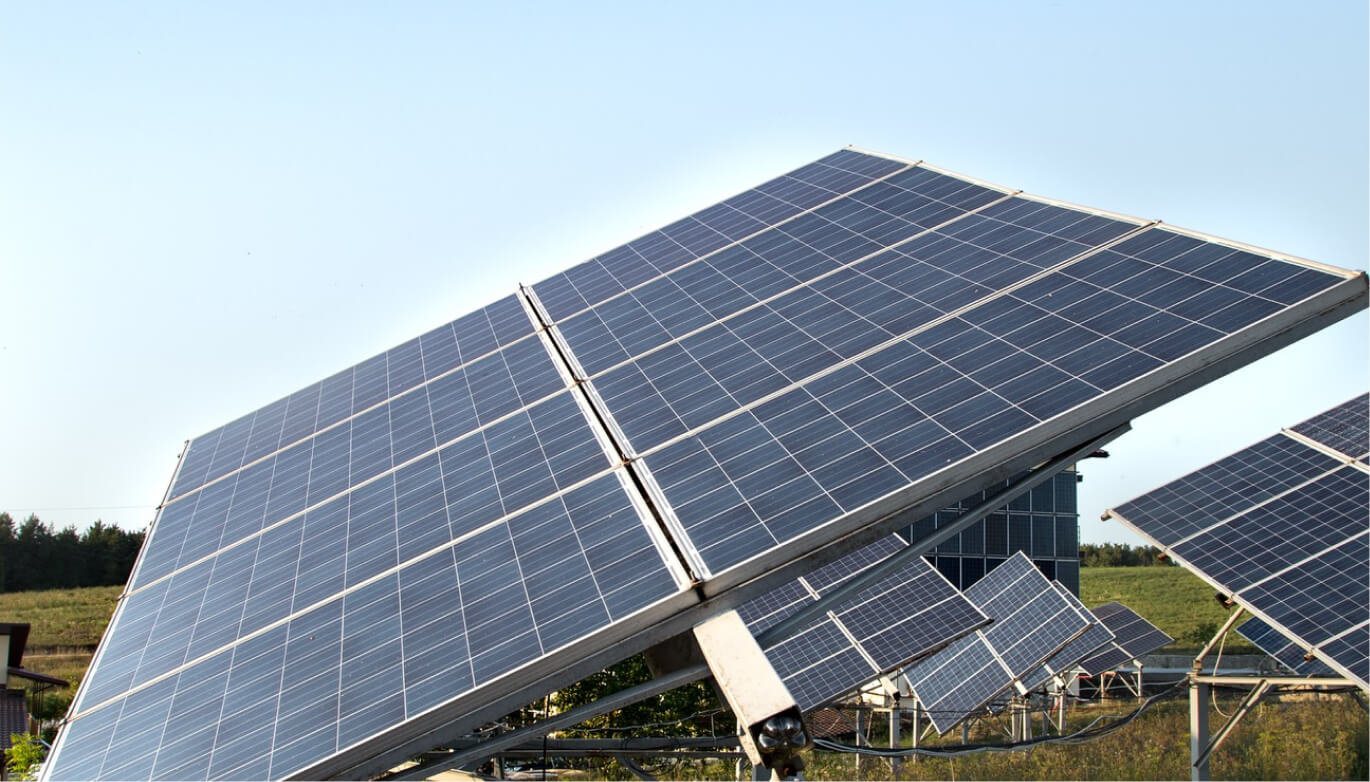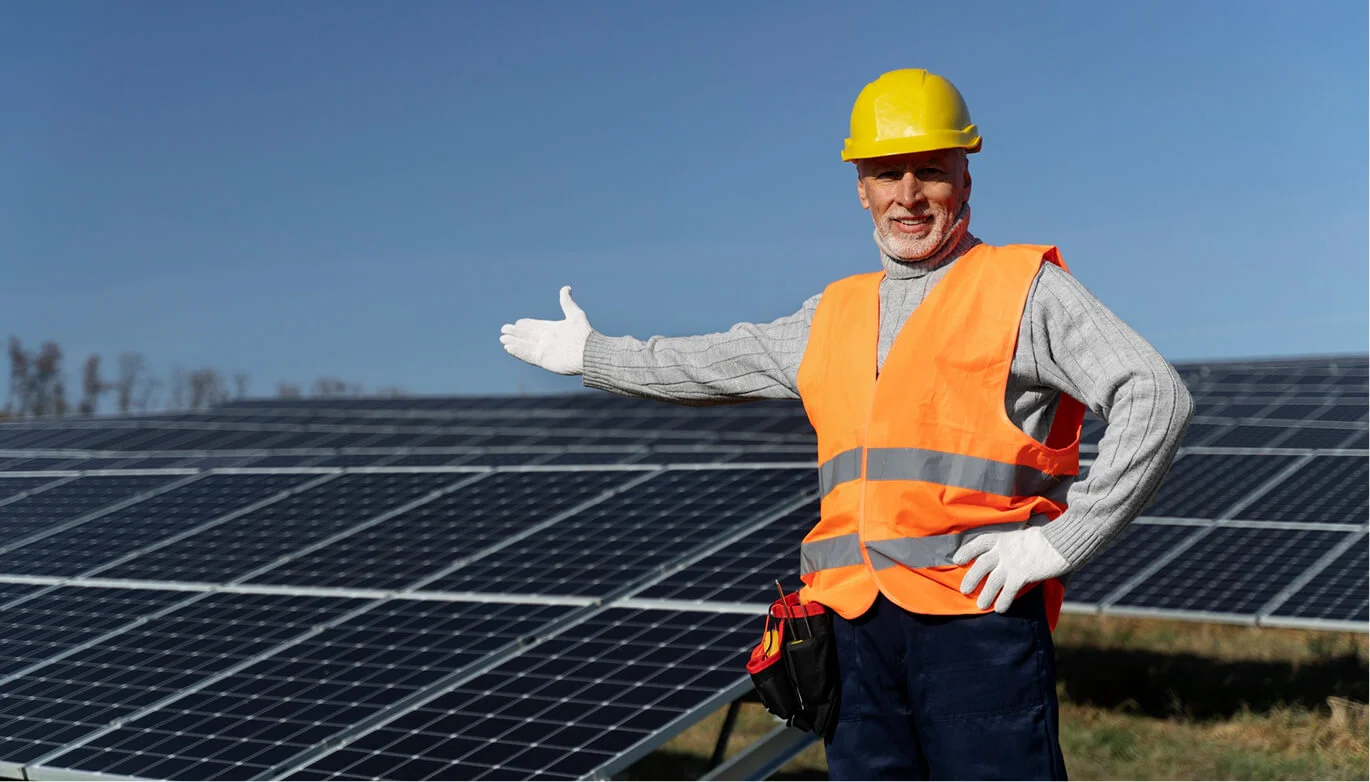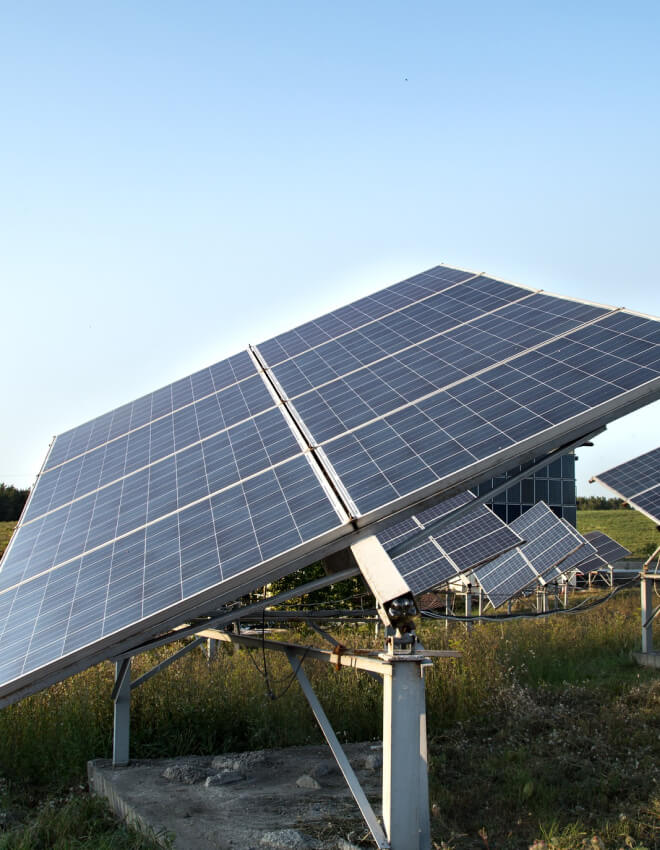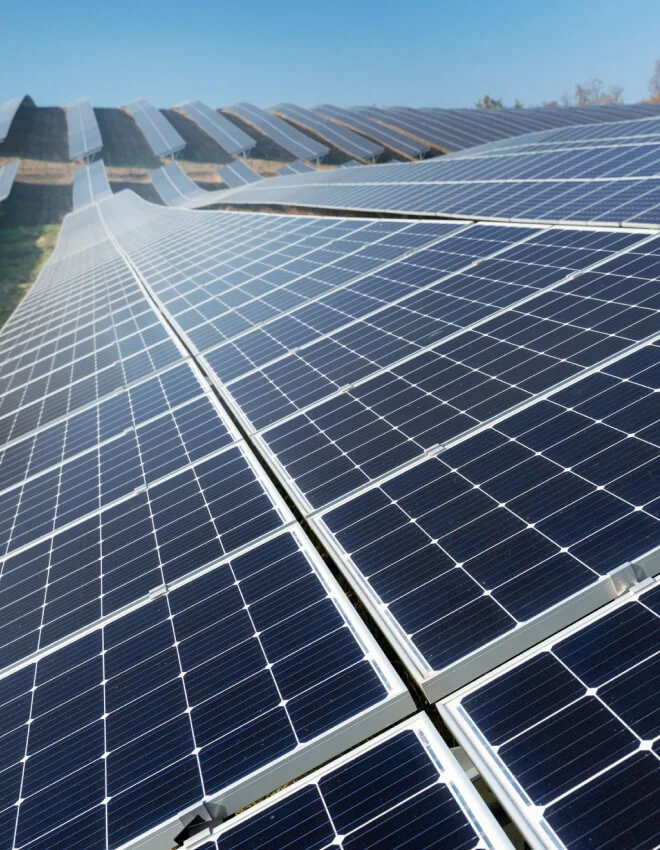Smart Cities: Building Greener, Sustainable Urban Environments

Introduction
Solar energy continues to be one of the fastest-growing renewable energy sources worldwide. As technology evolves, costs decrease, and governments push for greener policies, 2025 is set to be a breakthrough year for solar power adoption. we believe sustainability is more than a responsibility—it’s an opportunity to create lasting impact for businesses, communities, and the planet. By combining innovation, green technology, and data-driven strategies, we help organizations transition to eco-friendly practices without compromising growth.
Next-Generation Technology
The solar industry is moving beyond traditional silicon panels with innovations like perovskite, bifacial, and thin-film technologies. These next-generation panels not only increase efficiency but also reduce material costs, making solar installations more compact, durable, and accessible to a wider range of markets.
The Rise of Solar + Storage Solutions
One of the biggest challenges of renewable energy has always been intermittency, but pairing solar with advanced battery storage systems is changing that. By storing excess power during the day and releasing it at night, these solutions are creating a stable, reliable, and round-the-clock clean energy supply for homes, businesses, and communities.
Decentralized Energy
Microgrids powered by solar are redefining energy independence by allowing communities to generate, store, and distribute their own electricity. This decentralization strengthens resilience against outages, reduces reliance on fossil fuels, and provides affordable energy access to rural and underserved regions around the world.

Artificial Intelligence in Solar Management
AI and machine learning are being integrated into solar systems to predict demand, optimize performance, and detect faults before they cause disruptions. With real-time analytics, operators can reduce energy waste, extend the lifespan of equipment, and maximize returns on solar investments.
- Next-generation panels like perovskite and bifacial solar are boosting efficiency while reducing costs.
- Solar + storage systems are solving energy intermittency, ensuring power 24/7.
- Decentralized microgrids are empowering communities with affordable and resilient energy independence.
- AI integration is optimizing performance, predicting demand, and extending system lifespans.
- Solar power is becoming more affordable and accessible to households, businesses, and rural regions.
Falling Costs and Greater Accessibility
The cost of solar energy has dropped by over 80% in the last decade, and 2025 is expected to see even greater affordability. Combined with financing options, government incentives, and innovative leasing models, solar power is becoming an option not just for large corporations but also for households, small businesses, and local communities.
Conclusion
2025 is shaping up to be a transformative year for solar energy. With breakthroughs in panel technology, widespread adoption of storage solutions, and the rise of decentralized energy systems, solar is becoming more efficient, reliable, and accessible than ever. Coupled with artificial intelligence, falling costs, supportive policies, and increased global investment, solar energy is poised to play a central role in achieving climate goals and driving sustainable growth.
Stay Connected With Sustainable Insights
Get the latest updates on renewable energy, green technology, and sustainability trends delivered straight to your inbox.









